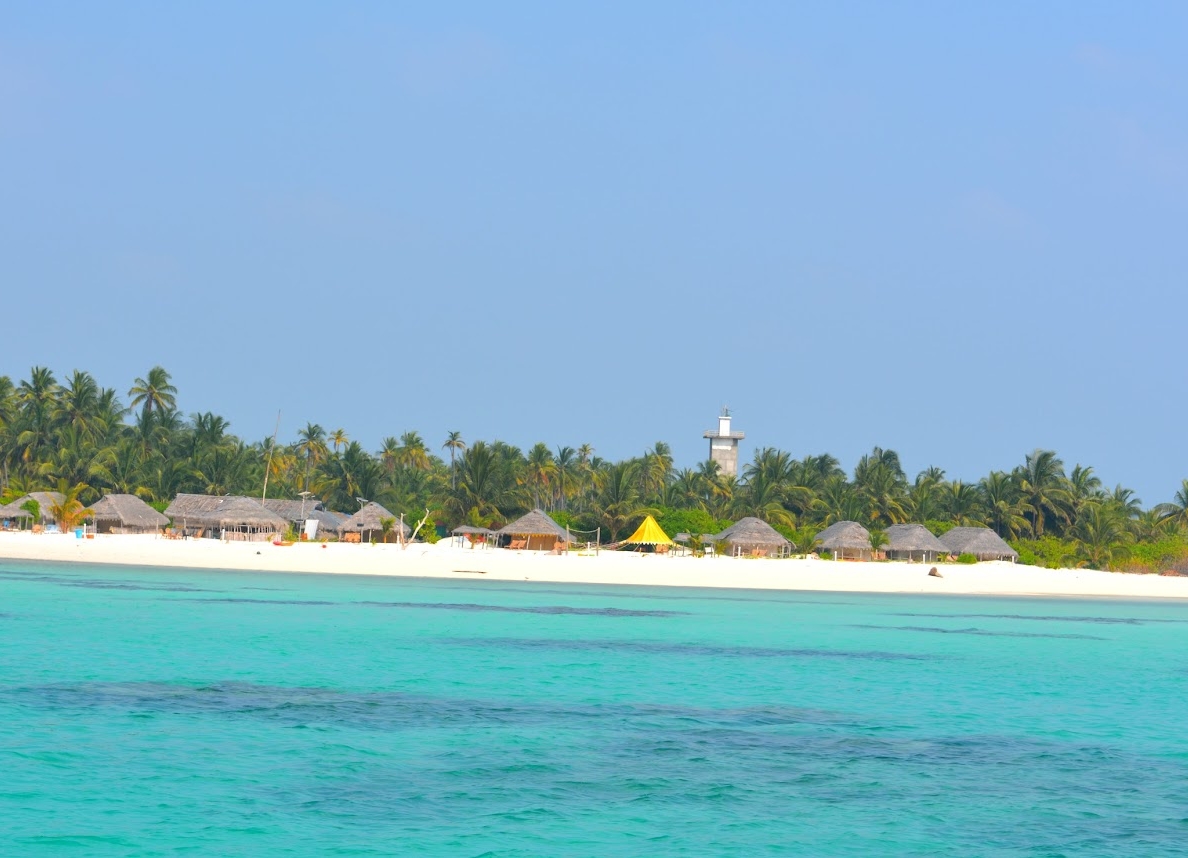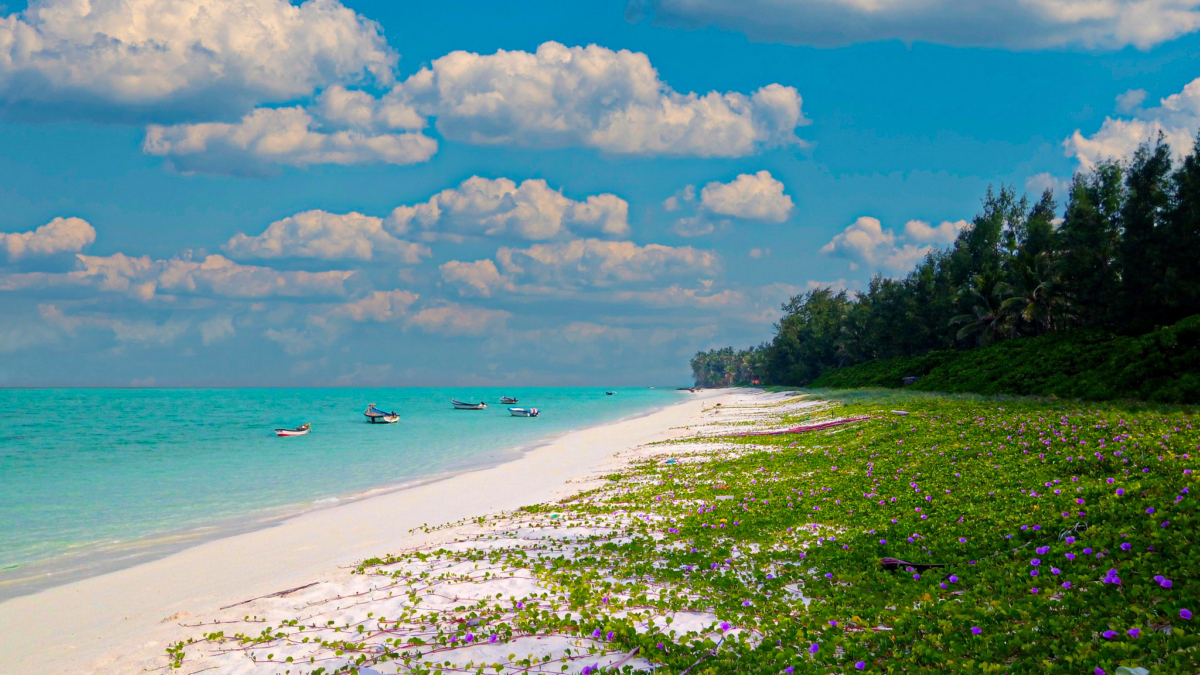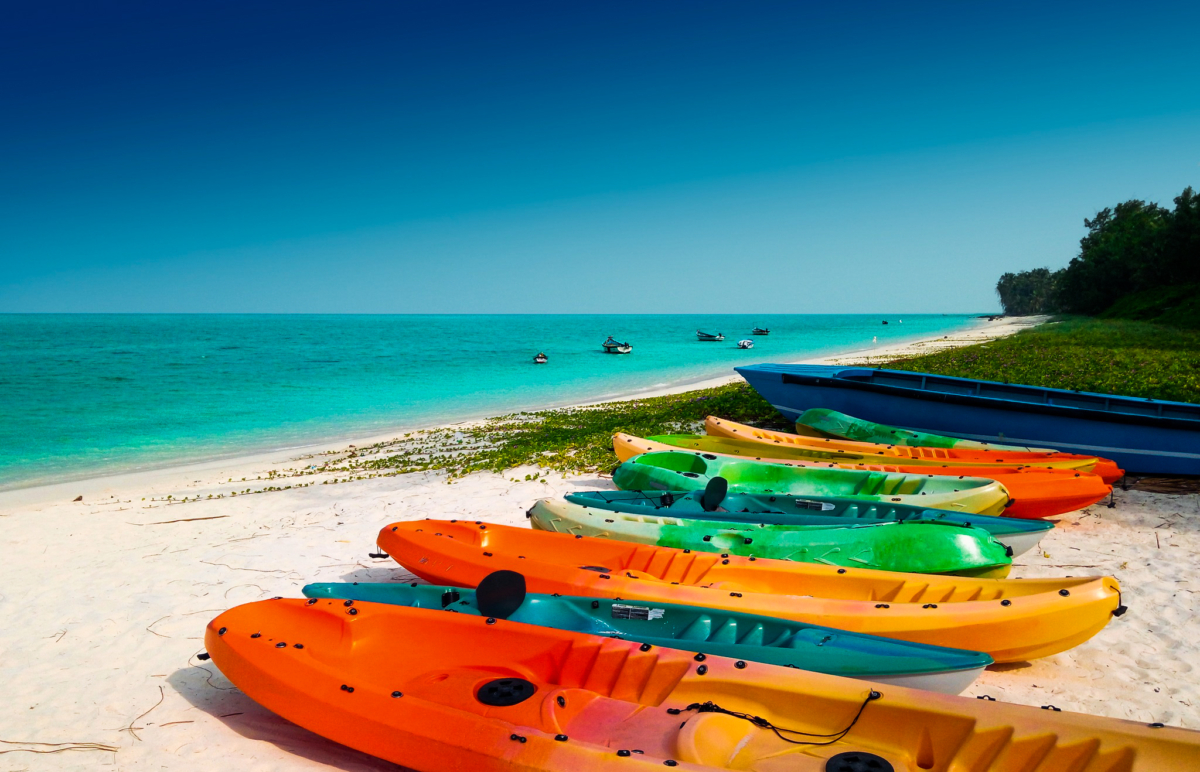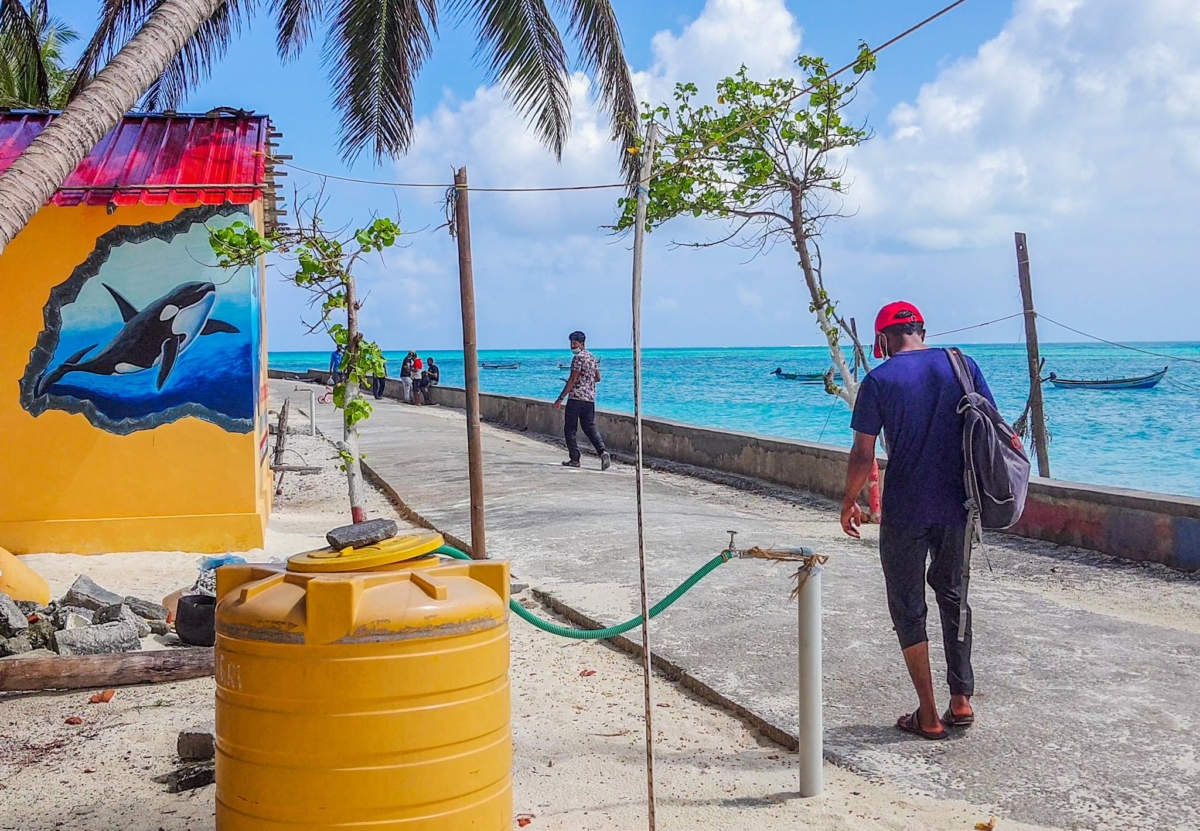Lakshadweep, a breathtaking archipelago located off the Malabar Coast in the Arabian Sea, is India’s only set of coral islands, preserved in their natural splendor.The islands remain much as they were when first discovered, with the tourism department strictly regulating access to protect their pristine environment. Out of the 36 islands, only 6 are open for tourism, and just 3 permit entry for non-Indians. This careful preservation ensures that Lakshadweep retains its untouched beauty, offering an exclusive and intimate experience.
Known for its crystal-clear waters and vibrant coral reefs, the islands provide a haven for water sports like scuba diving, snorkeling, angling, and surfing. The underwater world, teeming with colorful marine life and living coral formations, offers one of the most magical snorkeling and diving experiences in the world. The islands’ tranquil, powdery white beaches and serene nights, accompanied by the soft sound of the waves, make Lakshadweep an unparalleled destination for both family vacations and adventure seekers. It’s no wonder that this isolated paradise ranks among the most coveted holiday destinations globally, promising both adventure and quiet relaxation amidst nature’s finest.
Lakshadweep’s Tourist Attractions at a Glance
After the issuing of the proper entry permit for the Lakshadweep, Indians are allowed to visit these inhabited islands: Kavaratti, Agatti, Amini, Andrott, Bangaram, Bitra, Chetlat, Kadmath, Kalpeni, Kiltan and Minicoy. However, for the foreigners, entry is restricted to the islands of Bangaram, Agatti, Kadmat and Kavaratti (Transit Only- 12 Hrs). Here’s a table highlighting the unique aspects and sightseeing points of the Lakshadweep Islands:
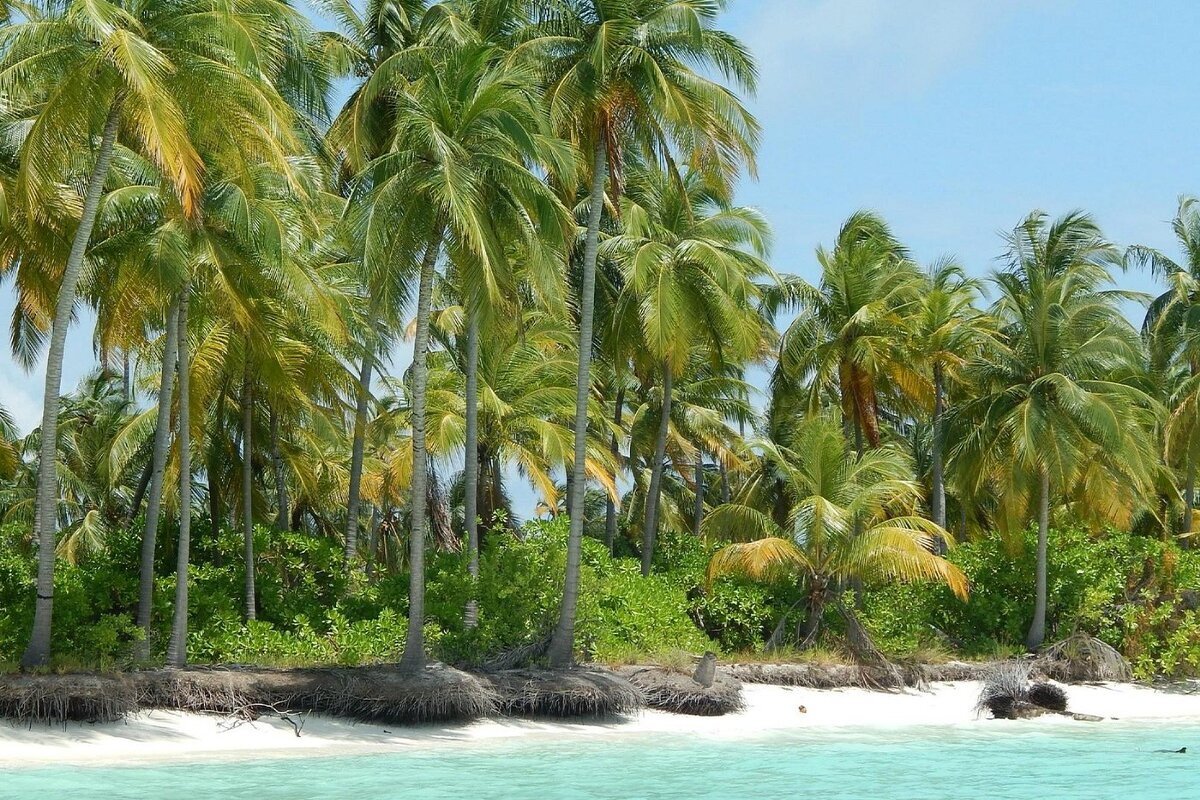
| Island | Why Unique | Sightseeing Points |
|---|---|---|
| Agatti Island | Home to the only airport in Lakshadweep, making it the gateway to the islands. | Agatti South Beach, Andhaan Beach, Lagoon Beach, North Beach, Molokka Beach, Coral Reefs, Water Sports Activities |
| Bangaram Island | Uninhabited island known for its stunning beauty and isolation. | Bangaram Beach, Kayaking, Scuba Diving, Bioluminescent Plankton |
| Kadmat Island | Ideal for lagoon life enthusiasts; has Dual Lagoons (east and west) | Kadmat Beach, Turtle Nesting Area, Snorkeling, Lagoon Area |
| Kalpeni Island | Famous for its scenic lagoons and coral reefs, also known as Koefaini. | Kalpeni Beach, Tip Beach, Kayaking, Scuba Diving |
| Kavaratti Island | Capital of Lakshadweep and the most developed island. | Kavaratti Beach, Marine Aquarium, Dolphin Drive Centre |
| Minicoy Island | Second largest island, known for its unique culture and southernmost position. | Minicoy Lighthouse, Tuna Canning Factory, Village Walks |
| Kalpitti Island | Uninhabited and known for its seclusion and natural beauty. | Sandbanks, Pristine Beaches, Snorkeling |
| Amini Island | One of the oldest inhabited islands, famous for its handcrafts and traditional skills. | Amini Beach, Coral Carving, Traditional Weaving, Amini Fort |
| Andrott Island | Largest island, known for its historical significance and tombs. | St. Mary’s Church, Juma Masjid, Ancient Buddhist Archaeological Sites |
| Bitra Island | Smallest inhabited island in Lakshadweep, known for having the highest coverage of Live Coral. | Bitra Beach, Bird Watching, Remote Island Life Experience |
This table provides a snapshot of what makes each Lakshadweep Island unique and the key attractions you can explore. Let’s discuss in detail:
Agatti Island: The Gateway to Lakshadweep
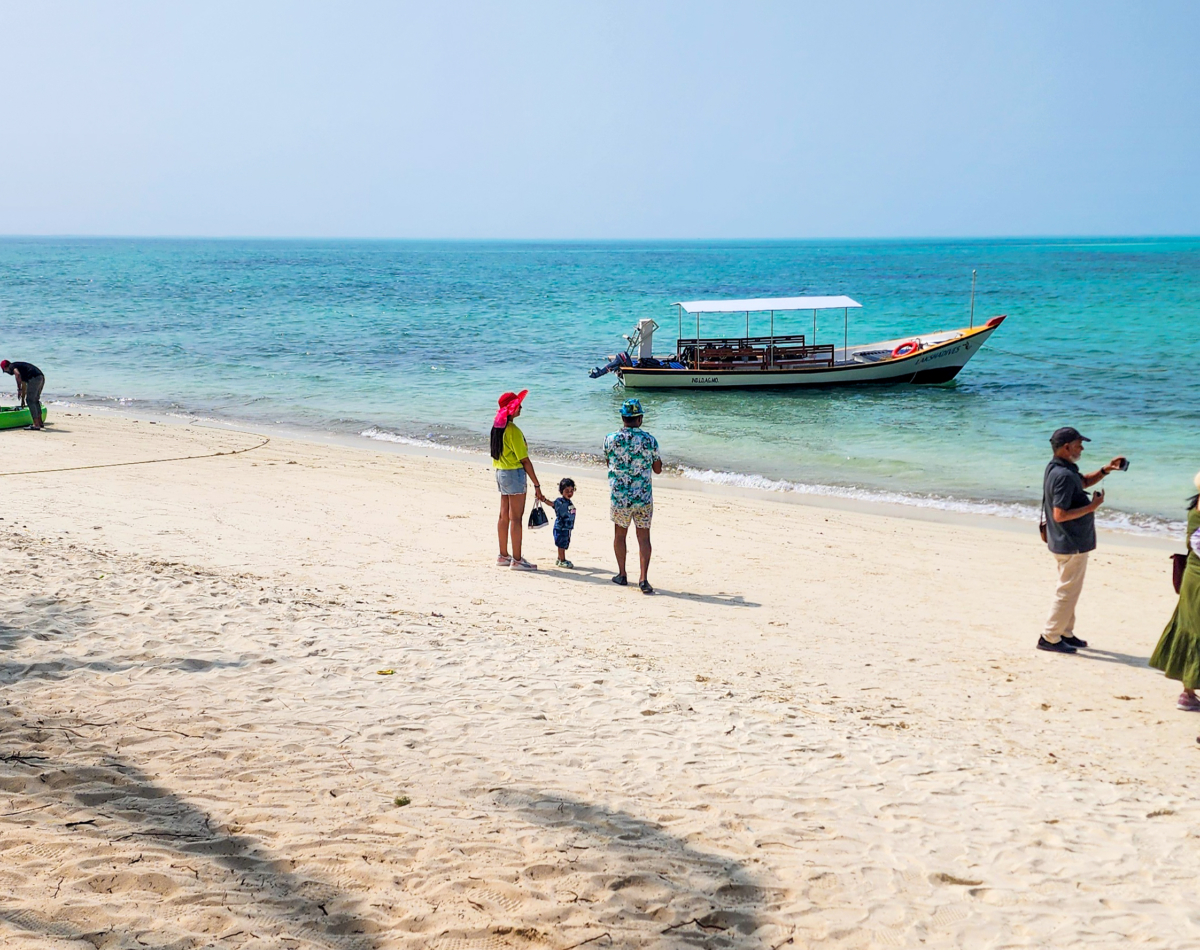
Discover Agatti Island, the charming gateway to the enchanting Lakshadweep Archipelago. Nestled on Agatti Atoll, this petite island boasts a thrilling airstrip that lands you just above the sparkling sea, offering a breathtaking view until touchdown. Explore its picturesque coastline adorned with a lagoon and powdery white sands, perfect for snorkeling adventures near the floating pontoon. Don’t miss Eastern and Western Jetty and the serene Lagoon Beach and South Beach, where turtles roam freely and boat trips offer close encounters.
Kalpitti Islet
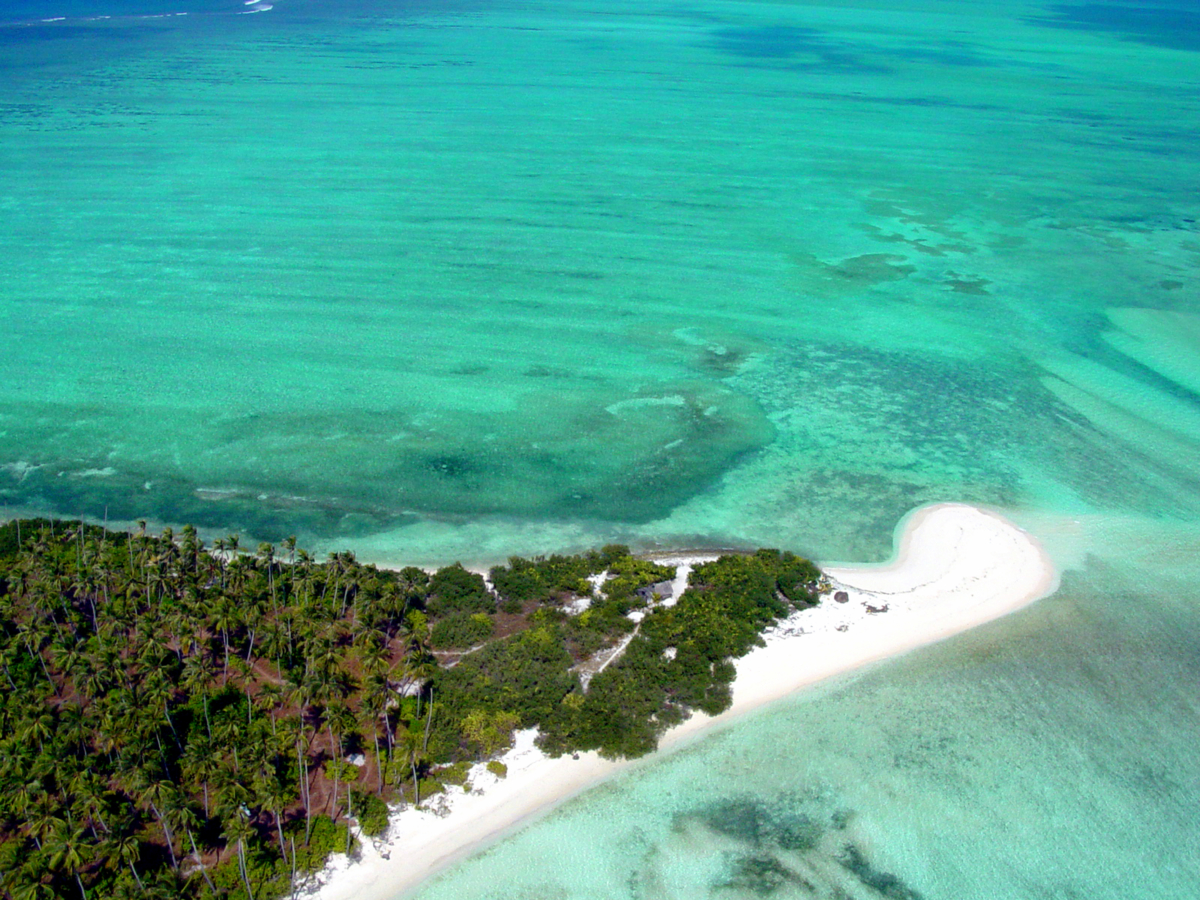
Just a 20-minute boat ride from Agatti, one can reach Kalpitti, the most visited attraction in the area. This uninhabited satellite island is surrounded by a stunning 4 to 5-meter-deep turquoise lagoon, offering an ideal setting for diving, snorkeling, and marine exploration. The southeastern coast features a vast sandy bottom with thriving live coral, while the northern tip is graced with a cone-shaped white sand beach created by an extended sandsheet. With its pristine waters, rich biodiversity, and tranquil charm, Kalpitti is a must-visit destination for nature lovers and adventure enthusiasts alike
Bangaram Atoll
With just a one-hour boat ride from Agatti, you can reach two of the most sought-after tourist destinations in Lakshadweep: the Bangaram and Thinnakara islands.
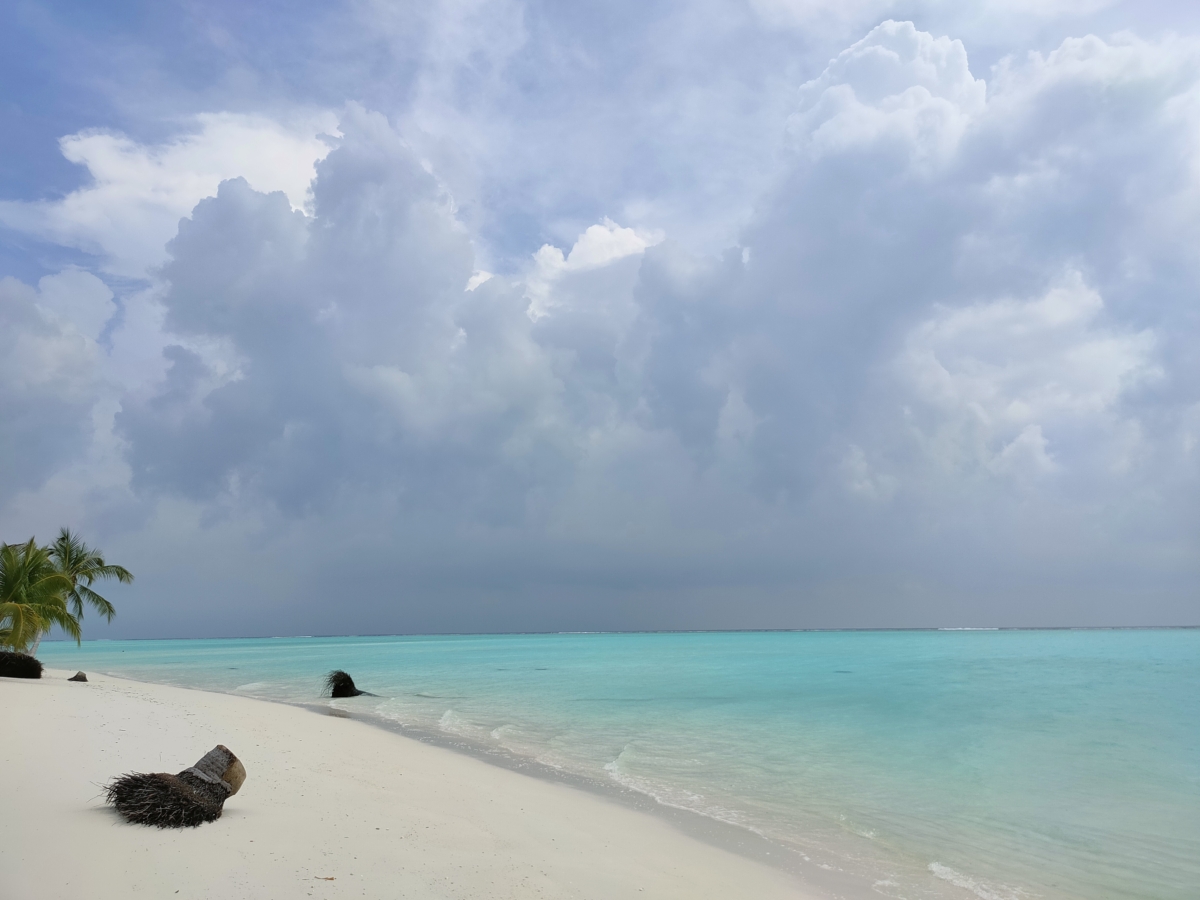
These two uninhabited and tourist specific islands are situated on the same reef in the Bangaram Atoll, showcasing some of the most beautiful beaches in the Lakshadweep Islands. Another remarkable aspect of these islands is their near-untouched nature, with sustainable tourism practices that prove highly rewarding for the islands in the long run.
However what sets these islands apart is the surrounding shallow lagoon with stunning shades of aqua blue, inviting you to swim or walk without a hint of peril. In Bangaram, as the tide recedes, a sandbar emerges, forming a natural pathway to explore during low tide—a fascinating addition to its allure.
Thinnakara Island
Thinnakara is renowned not only for its expansive sandy beaches but also for its attractions such as turtle watching and snorkeling around the shipwrecks. Our Lakshadweep island guide will make sure that you won’t miss any attraction or experience while visiting the Bangaram atoll.
Like Bangaram, here also, monitoring the high and low tide timings is essential. During low tide, the shoreline becomes ideal for snorkeling, and one can even walk to the Parali Island, offering an opportunity to explore more of the surrounding beauty during low water levels.
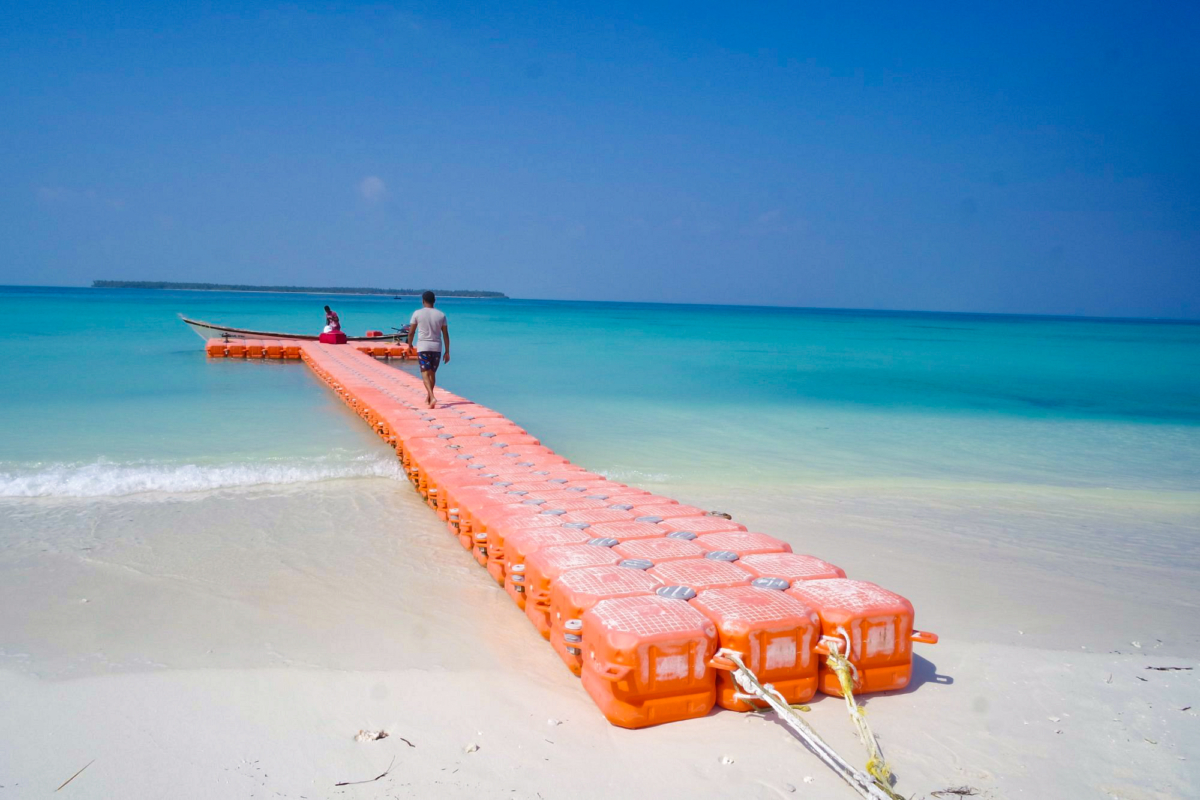
Kayaking around Thinnakara Island offers a serene escape, allowing visitors to spend hours exploring the island’s periphery. Whether it’s walking barefoot along the beach or relaxing on swings tied to bending coconut and palm trees, the tranquil atmosphere and gentle waves provide a soothing experience.
As the day concludes, the island treats visitors to an awe-inspiring sunset that, I bet, is one of the best you can find anywhere in the world. Amidst the Whispers of the waves, gazing upon the starry expanse with the Milky Way at night is also an unparalleled celestial spectacle.
Perumal Par
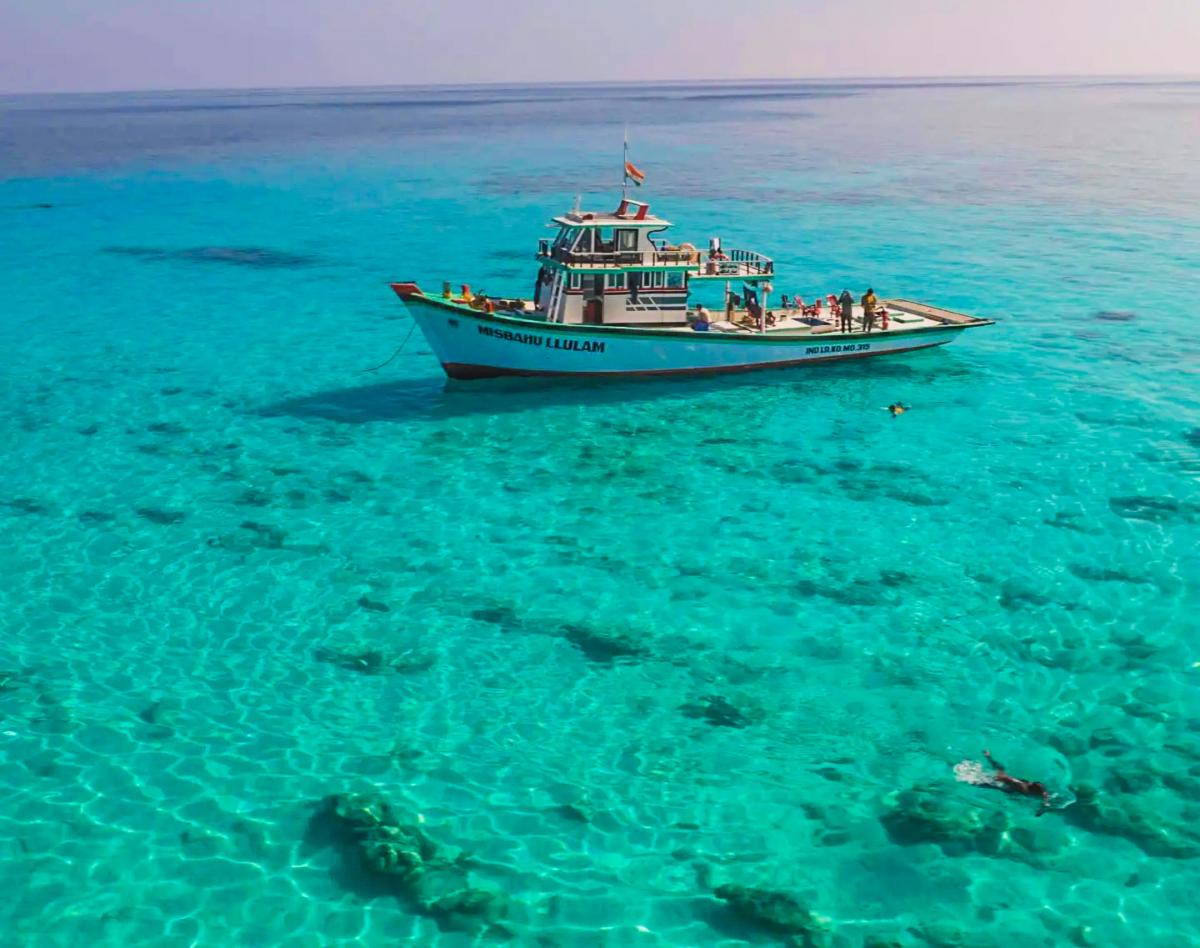
Perumal Par is a submerged coral atoll located in the Amindivi Subgroup and regarded as one of the best locations for Spotting Dolphins and Game Fishing in the Lakshadweep Islands. Unlike the more familiar islands, Perumal Par is not an island with landmass but rather a coral bank with scattered sandbanks, making it an unusual and fascinating feature in the region. The atoll is surrounded by a beautiful coral lagoon teeming with marine life, creating an ideal environment for underwater activities like snorkeling and diving. The clear, calm waters make it a perfect spot for marine exploration. Tourists can also enjoy a full day picnic arranged exclusively on the sandbanks of the Perumal Par.
Kavaratti Island
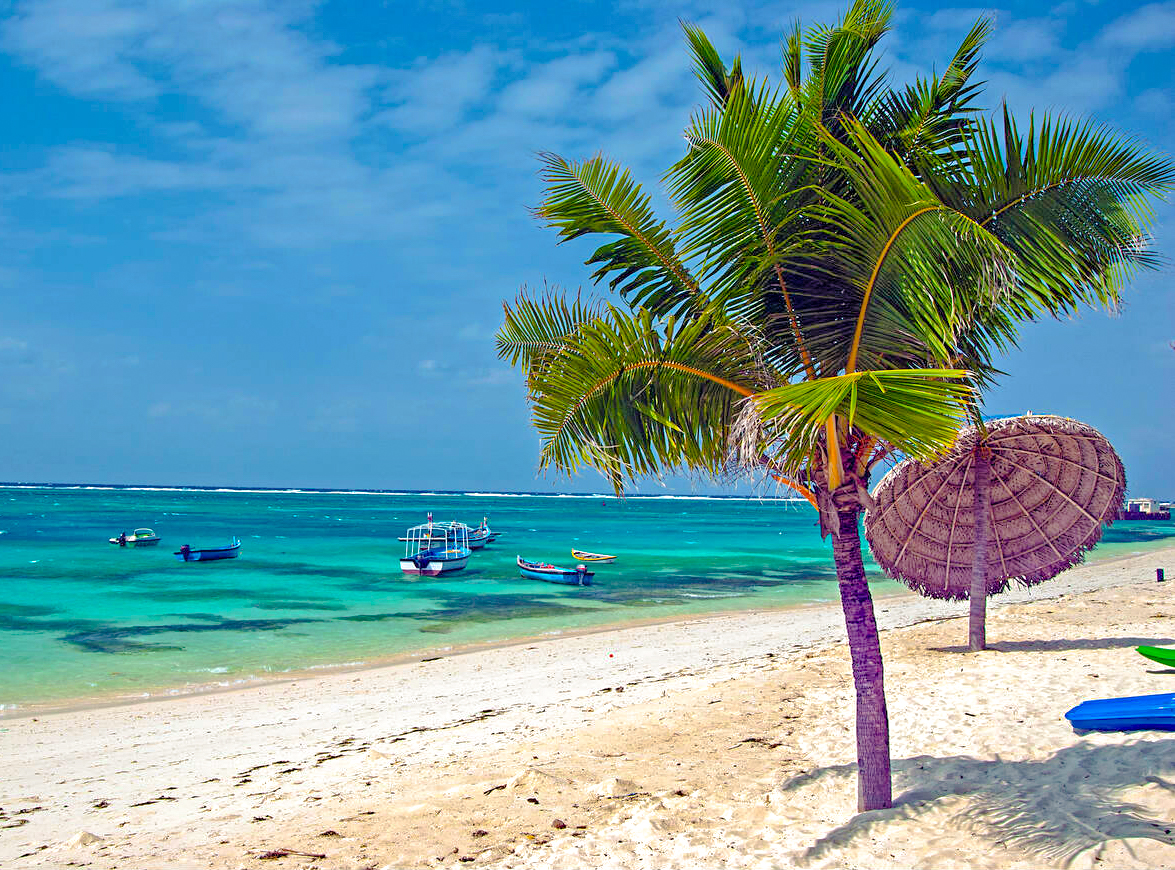
Kavaratti Island serves as the capital of the UT of Lakshadweep. If you’re travelling by flight to Agatti and plan to reach Kavaratti, you have two options: a chopper ride at Rs 11,000 per person or a vessel (HSC Speedboat) by sea at Rs 500-1500 per person. Opting for the sea route via vessels is a better choice. We suggest the HSC Parali, a 150-seater AC vessel, which includes a small cafeteria serving tea, chips, sandwiches, and more. The journey takes approximately 2 hours to reach Kavaratti.
The SPORTS facility at Kavaratti manages all water sports activities. For scuba diving, Kavaratti is the ideal spot due to its crystal-clear waters, offering better underwater views and exceptional instructors. While Bangaram is overhyped, Kavaratti charges Rs 2,100 for a 15-minute scuba experience by boat and provides power glasses for those wearing spectacles. It’s advised not to wear contact lenses underwater. Additionally, here in this Lakshadweep Islands travel guide, we want to suggest that the proficient swimmers or beginner divers can enjoy swimming and diving in the calm and crystal-clear lagoon at the dive points like the Wall of Wonder, which is a coral cave. These diving spots are also accessible on a short boat ride away from the shore.
Kadmat Island
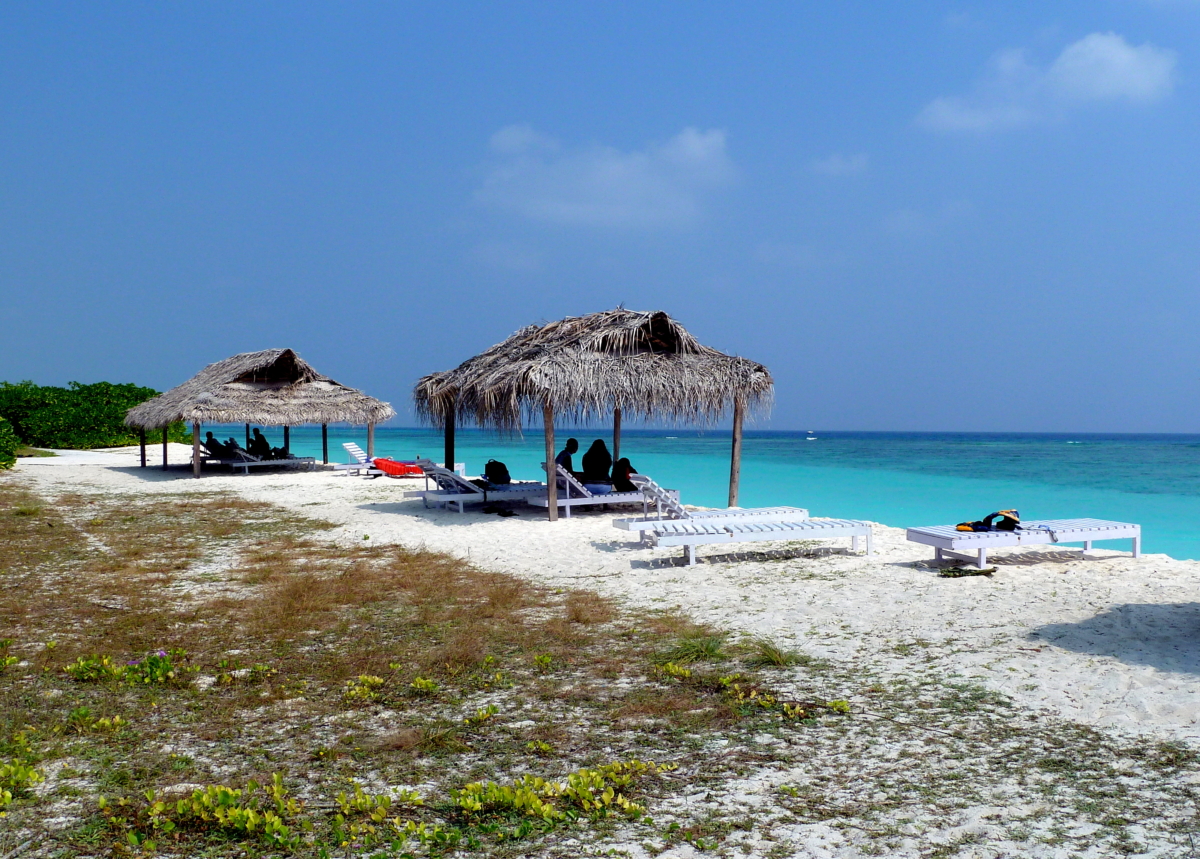
Kadmat or Cardamom Island, a hidden gem in the heart of Amindivi sub-group, is famous for its water sports activities in its lagoon stretching over a maximum width of 2 kilometers and covering an expansive area of 37 square kilometers and for the silvery beaches that lies on the both sides of the island along the coastline, exuding a tranquil and laid-back atmosphere with moderate climate and a welcoming local community.
Our travel guide to Lakshadweep decodes the charms of this tropical paradise.
Kayaking and Snorkeling in the shallow lagoon, with depths ranging from 2 to 3 meters, is a unique journey through an art gallery of nature, where the fringing reefs along the shore host an array of fin and shellfish species. Enjoy the tidal range, which varies between 0.6 to 1.6 meters, creating a dynamic and ever-changing marine landscape. The lagoon is a vital habitat for dugongs (sea cows) and marine turtles – Olive Ridley, Leatherback, Hawksbill, and Green sea turtle. The sea grass beds, covering 13.8 square kilometers, play a crucial role in providing sustenance to these magnificent creatures.
Amini Island
Hop on a short boat journey from Kadmat to Amini Island, located approximately 5 kilometers southwest. Amini, forming the northern part of the Pitti Bank, is a picturesque atoll with an expansive lagoon spanning 415 square kilometers. The journey itself is a unique experience, as you navigate the shallow channels where depths drop below 10 meters, revealing an impressive underwater seascape around Cardamom Island Reef.
Amini Island offers a blend of adventure and relaxation, making it a hidden gem in Lakshadweep. One of the best ways to experience its beauty is through a Dhow Cruise, which provides a peaceful sailing experience, especially at sunset. For those seeking active pursuits, beach volleyball on Amini’s soft sandy shores is a great way to enjoy the island’s stunning coastline.
As one of the larger inhabited islands, Amini has a rich history of seafaring, boat-building, and craftsmanship. The islanders are skilled in wood and coral engraving, a tradition reflected in intricately carved coral stone structures, including the Juma Masjid. While less commercialized than Kadmat, Amini offers a truly authentic Lakshadweep experience, with coconut-fringed beaches, vibrant coral reefs, and a tranquil lagoon. Visitors can immerse themselves in local culture, savor fresh seafood, or explore the island’s pristine natural beauty, making it an offbeat yet rewarding destination.
Minicoy Island
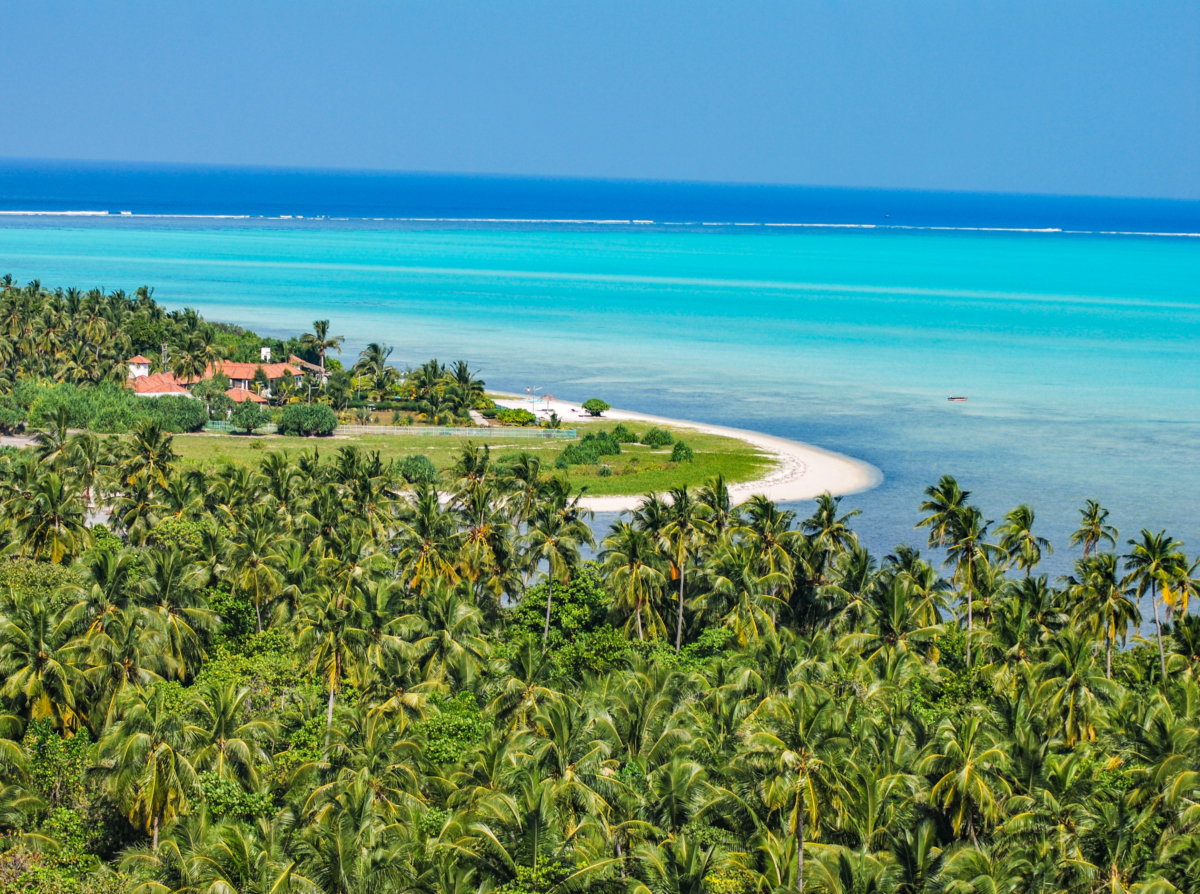
Minicoy, the southernmost island of Lakshadweep, is a hidden gem renowned for its unique culture, pristine beaches, and the iconic Minicoy Lighthouse. Built in 1885, the lighthouse stands tall at 300 feet, offering visitors breathtaking panoramic views of the surrounding turquoise waters and lush landscapes. A climb to the top rewards you with a stunning perspective of the island’s natural beauty, making it a must-visit spot.
Minicoy’s crescent-shaped lagoon is a paradise for water sports enthusiasts. The crystal-clear waters are perfect for activities such as kayaking, snorkeling, and scuba diving, allowing you to explore vibrant coral reefs teeming with marine life. For a more laid-back experience, stroll along the serene beaches fringed with coconut palms, where the soft sand and gentle waves create a tranquil escape.
Bitra Island
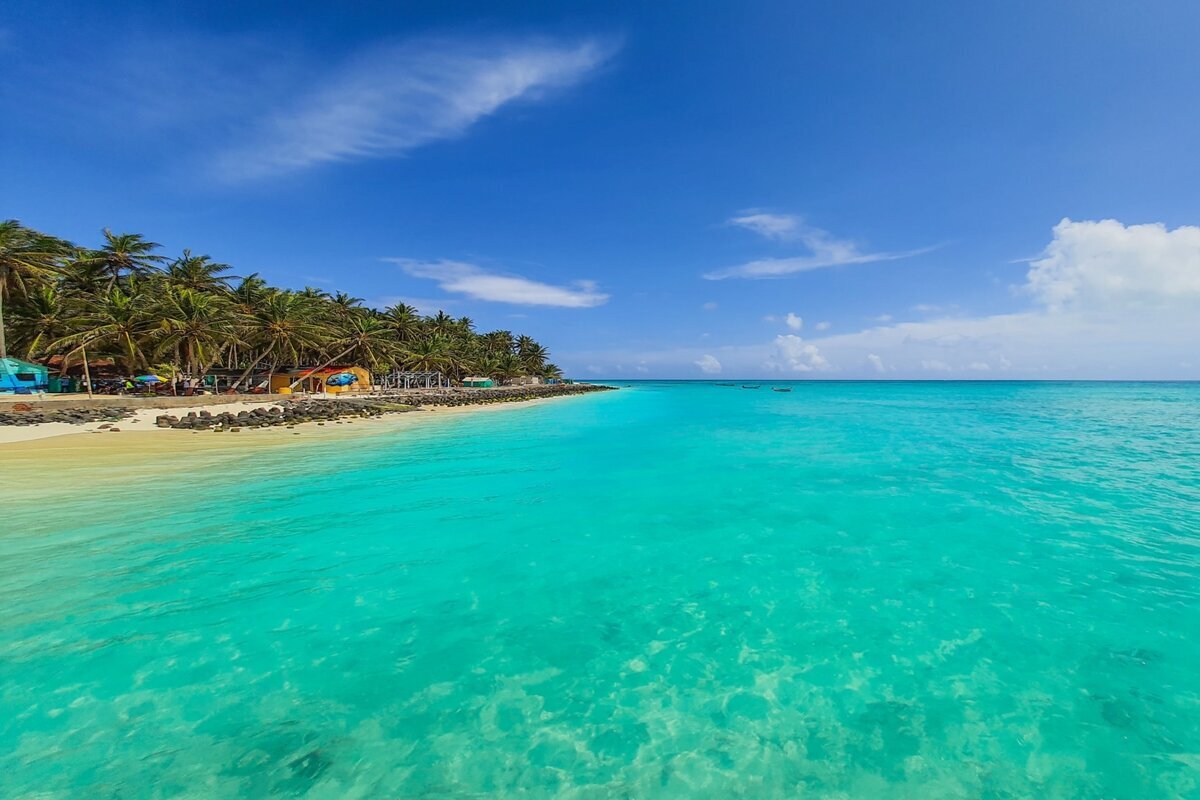
Bitra, the smallest inhabited island in Lakshadweep, is a serene and untouched paradise that offers a unique experience for travelers seeking solitude and natural beauty. Despite its tiny size, Bitra boasts an impressive biodiversity, with coral reefs and an array of marine species surrounding its pristine waters.
The island is a haven for birdwatchers, as it is home to various migratory birds that flock to its shores throughout the year. Bitra’s tranquil environment, coupled with the melodious sounds of chirping birds, provides a perfect setting for nature lovers to unwind and reconnect with the natural world.
Kalpeni Island
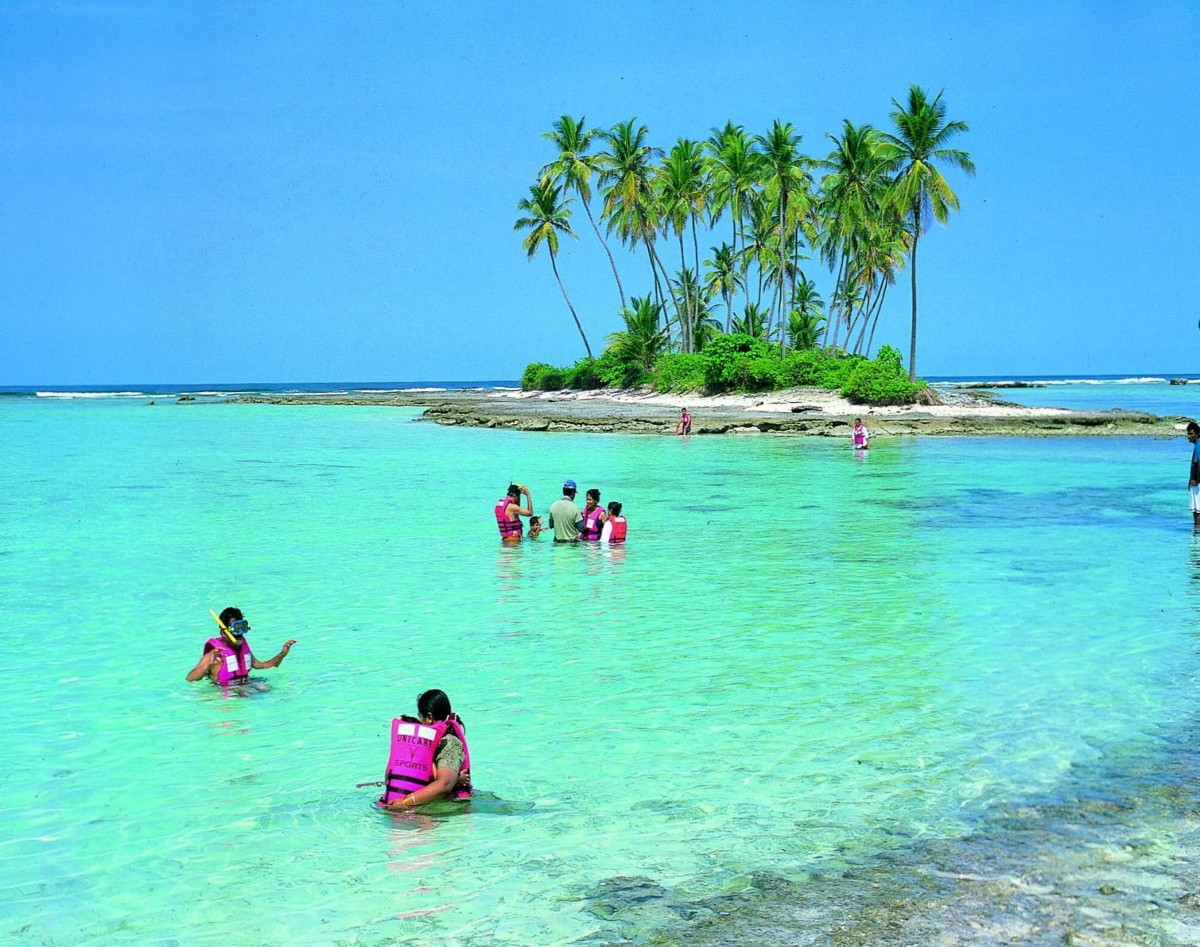
Kalpeni Island, a stunning gem in the Lakshadweep archipelago, is celebrated for its natural beauty and adventure-filled lagoons. Surrounded by a vast lagoon teeming with vibrant marine life and coral formations, Kalpeni is an ideal destination for snorkeling, kayaking, and scuba diving enthusiasts. Its crystal-clear waters and shallow reefs make it perfect for both beginners and experienced divers.
A highlight of Kalpeni is the spectacular Tip Beach, known for its powdery white sands and panoramic views of the Arabian Sea. Visitors can enjoy long walks along the shore or simply relax under the shade of coconut palms while soaking in the serene ambiance. The beach is also a popular spot for picnics, offering a perfect setting for leisure.
Suheli Par
Suheli Par is an uninhabited coral atoll in the Lakshadweep Archipelago, located to the southeast of the main islands. The atoll consists of a series of small islands surrounded by a beautiful lagoon and vibrant coral reefs. The islands are flat and covered with lush coconut palms. The surrounding waters are calm and clear, offering picturesque views of the Indian Ocean.
The coral reefs around Suheli Par are among the most beautiful in Lakshadweep. Snorkeling and scuba diving here offer a chance to witness a vibrant marine ecosystem, with various species of fish, colorful corals, and other marine life.
Kiltan Island
Kiltan Island, situated in the northern region of Lakshadweep, is renowned for its cultural heritage and scenic beauty. This elongated island is framed by lagoons on both sides, providing a picturesque setting for visitors seeking an escape into nature.
The island’s lagoons are perfect for activities like snorkeling and kayaking, where visitors can explore the thriving coral reefs and colorful marine life. Fishing is a significant part of Kiltan’s identity, and visitors often witness fishermen skillfully navigating their boats and tending to their nets, offering a glimpse into the island’s traditional livelihood.
Chetlat Island
Chetlat Island is located in the northern part of Lakshadweep and is the fourth largest island in the region. The island is flat, covered with coconut trees, and surrounded by a beautiful lagoon and coral reefs. The pristine beaches and the crystal-clear waters make it an ideal spot for those seeking tranquility and natural beauty.
Coral Reefs: The coral reefs surrounding Chetlat offer a perfect setting for snorkeling and underwater exploration. The marine life here is vibrant, with a variety of fish, corals, and marine species.
Chetlat Lagoon: The calm lagoon offers opportunities for kayaking and swimming in its clear waters. The lagoon’s secluded beauty makes it a peaceful retreat.
Fishing Village: The island is home to a small fishing community, providing a glimpse of the traditional way of life. Visitors can interact with the locals and learn about their fishing techniques.
Androth Island
Androth is the largest island in Lakshadweep, located to the west of the more popular islands. It features elevated terrain, with a mixture of flat sandy areas and small hills. The island is covered with lush vegetation, including coconut palms, and is surrounded by turquoise-blue lagoons.
Juma Masjid: One of the oldest and most significant landmarks on Androth, this mosque is believed to house the tomb of Saint Ubaidullah, who introduced Islam to the island. Its historical and architectural significance attracts both religious and cultural interest.
Island Beaches: The beaches on Androth are quiet, with golden sands and clear waters perfect for swimming and relaxing.
Fishing Village: Androth has a thriving fishing community, and visitors can witness local fishermen at work, using traditional methods to catch fish.
Discover Lakshadweep’s Coral Reefs: A Subaquatic Adventure
Whether you’re an avid diver, a curious snorkeler, or simply seeking the beauty of underwater marvels from the comfort of a glass-bottom boat, Lakshadweep offers a plethora of opportunities to witness the wonders of marine life up close. Feel the thrill of swimming alongside graceful rays, darting reef fish, and intricate coral formations as you lose yourself in the breathtaking beauty of Lakshadweep’s underwater world.
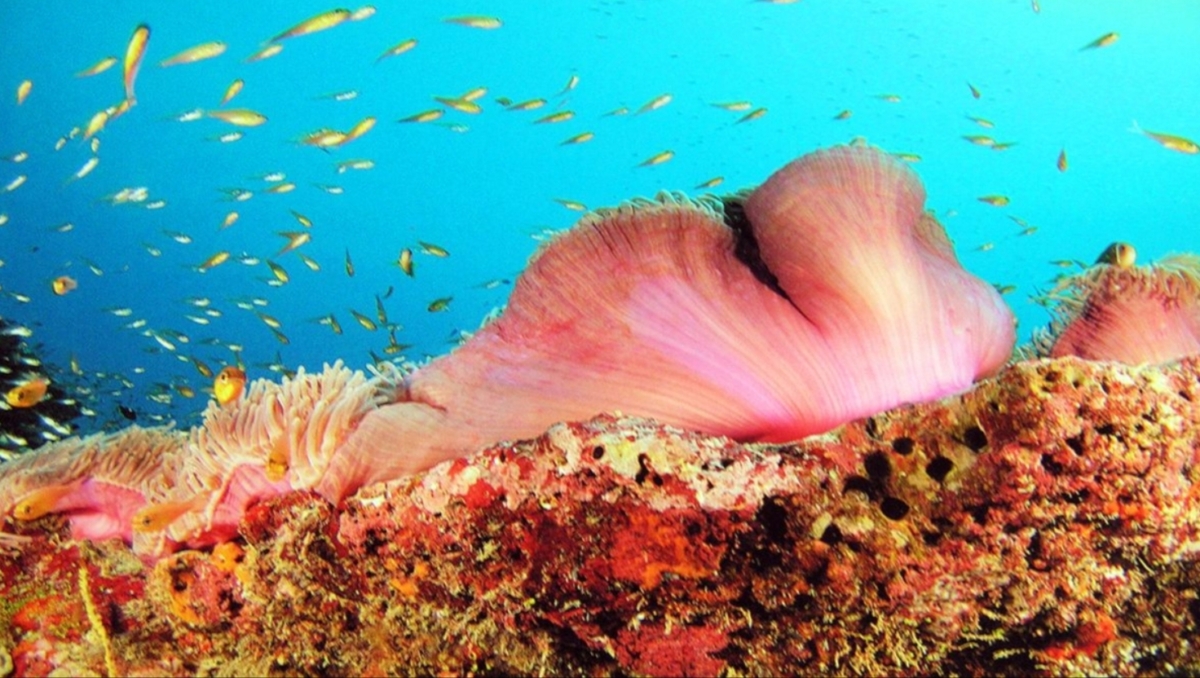
Lakshadweep’s coral reefs, though breathtaking, faced a severe setback in 1998 when over 80% of the corals suffered mortality due to bleaching events. Recent surveys reveal varying degrees of recovery, with live coral coverage ranging from as low as 5.5% on Amini Island to a comparatively healthier 32.5% on Bitra Island, highest in the Lakshwadeep, the smallest inhabited island with a relatively large lagoon spanning 42 km². Other islands exhibit live coral coverage percentages such as Kadmat at 7.0%, Bangaram at 7.0%, and Agatti at 20.0%.
Surfing in Lakshadweep- Travel Guide:
Exploring the islands for surf spots might not be immediately apparent, but for savvy surfers, there are interesting options, especially if approached via a liveaboard boat.
The recommended time for surfing is during the prime Arabian Sea surf season, with the months of April to September being optimal. The earlier and later months within this period typically offer better chances for clean conditions, characterized by less wind. However, it’s noted that around mid-May, the southwest monsoon begins, leading to stormy and wet weather with intermittent calm, sunny periods. June and July historically mark the peak months for swell size, although they are also peak months for onshore wind speed. Read More


